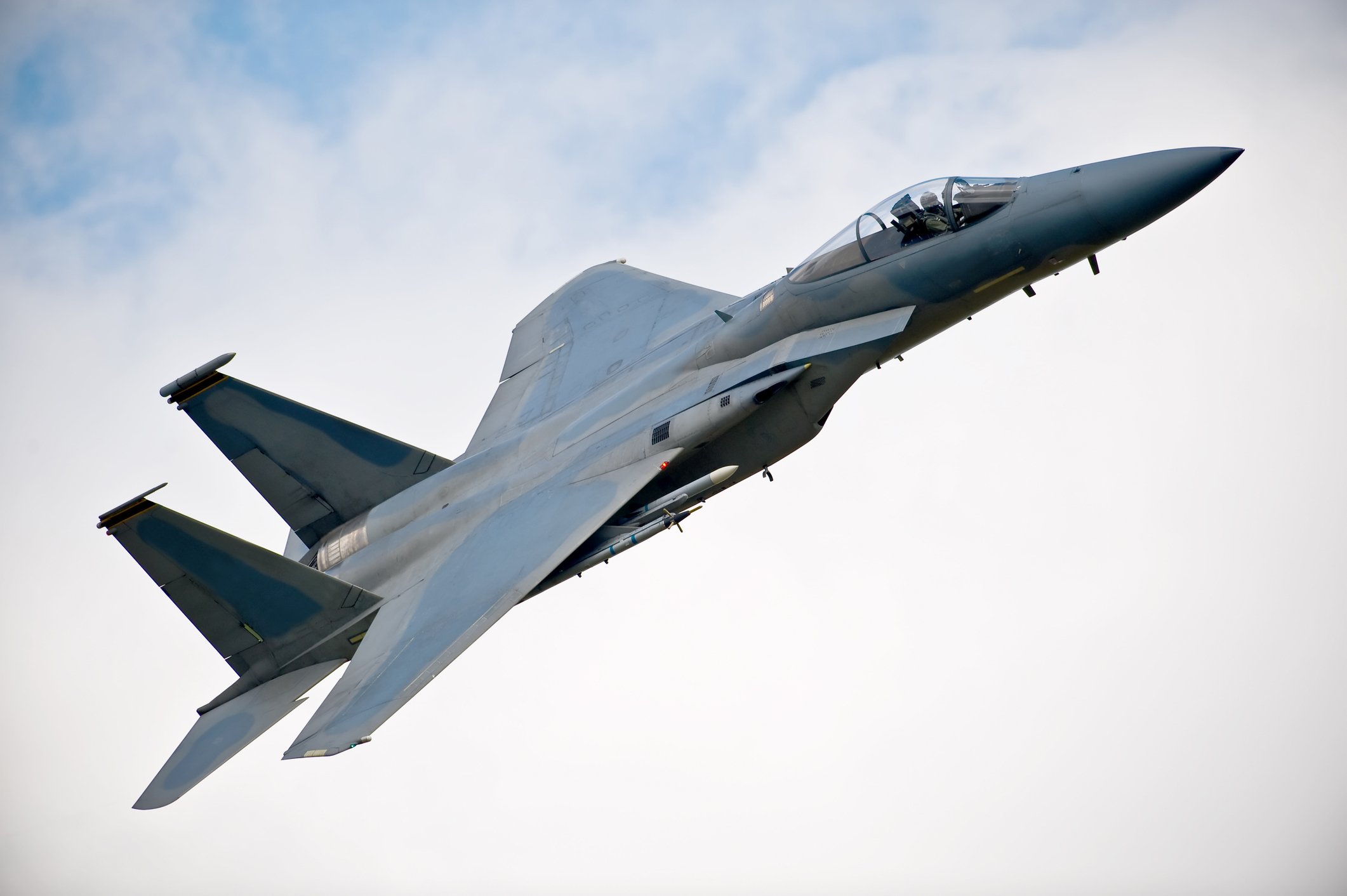On Wednesday, Boeing Co. (BA 0.02%) reported strong earnings growth for Q4 2014. Boeing's "core" EPS rose 23% year over year to $2.31. For the full year, core EPS rose 22% to a record of $8.60 on the back of 5% revenue growth.
However, Boeing's 2015 guidance calls for core EPS of $8.20-$8.40, representing a decline of as much as 5%. This might give some investors pause, but it shouldn't. Boeing's management likes to lowball its guidance, and its 2015 forecast is probably no exception. Boeing is still on track for solid earnings growth in 2015 and beyond.
Commercial aircraft deliveries rising
Boeing has been leaning heavily on its commercial aircraft business for earnings growth recently. As recently as 2010, Boeing got slightly more revenue from the defense, space, and security segment than from the commercial airplanes segment.
Since then, defense revenue has contracted slightly, but revenue from the commercial airplanes segment has nearly doubled to $60 billion. The biggest growth driver has been the start of 787 Dreamliner deliveries and the ramp-up of production of that model. Rising demand for the popular 737 narrowbody and 777 widebody models -- longtime mainstays at Boeing -- has also helped.

Boeing's popular 737 has contributed to its solid revenue growth in recent years.
In 2014, Boeing delivered 723 commercial aircraft. That was up 12% from the 648 it delivered in 2013, including a 75% increase in Dreamliner deliveries. In 2015, Boeing expects more modest growth, with deliveries totaling 750-755, up about 4% year over year.
Guidance is ultra-conservative
Based on Boeing's estimated delivery schedule for 2015, its guidance for commercial aircraft revenue to rise to $64.5 billion-$65.5 billion seems reasonable. On the other hand, its projection that EPS will decline in 2015 seems fishy.
After all, Boeing did essentially the same thing a year ago. At that time, it reported that core EPS for 2013 had increased 20% to $7.07. However, its core EPS guidance range of $7.00-$7.20 implied that earnings would remain roughly flat in 2014. Instead, core EPS ultimately rose more than 20%.
Boeing's even more bearish guidance for 2015 suggests that EPS growth won't stay at the recent 20%-plus pace this year. That makes sense, considering that Boeing increased the production rates for its 737 and 787 models about a year ago but won't increase production this year. Higher R&D spending will also weigh on earnings.
Nevertheless, with total company revenue expected to rise about 5% and significant share buybacks in the works, a decline in EPS seems far-fetched. Boeing should be able to offset its cost headwinds with productivity improvements and deliver solid EPS growth this year.
The case for long-term growth is strong
Even if Boeing does have subpar earnings growth in 2015, its long-term earnings trajectory remains very promising. In 2016, Boeing plans to raise 787 production from 10 per month to 12 per month, and boost 737 production from 42 per month to 47 per month.
Further production increases are scheduled for the 2018-2019 period, so that by the end of the decade, Boeing will be building 14 787s and 52 737s per month. These higher production rates should drive cost efficiencies, boosting margins.
Boeing CEO Jim McNerney also reiterated on Wednesday that the company doesn't expect lower oil prices to impact demand for Boeing's planes. While high oil prices have provided an impetus for airlines to replace older planes with new fuel-efficient models, a low fuel price environment will make airlines more profitable and thus more likely to grow their fleets.
A $440 billion order backlog in the Boeing Commercial Airplanes segment further ensures that there will be customers for every plane Boeing can make for the foreseeable future. Boeing's 2015 guidance may seem uninspiring on the surface, but long-term investors can rest easy with this stock.






